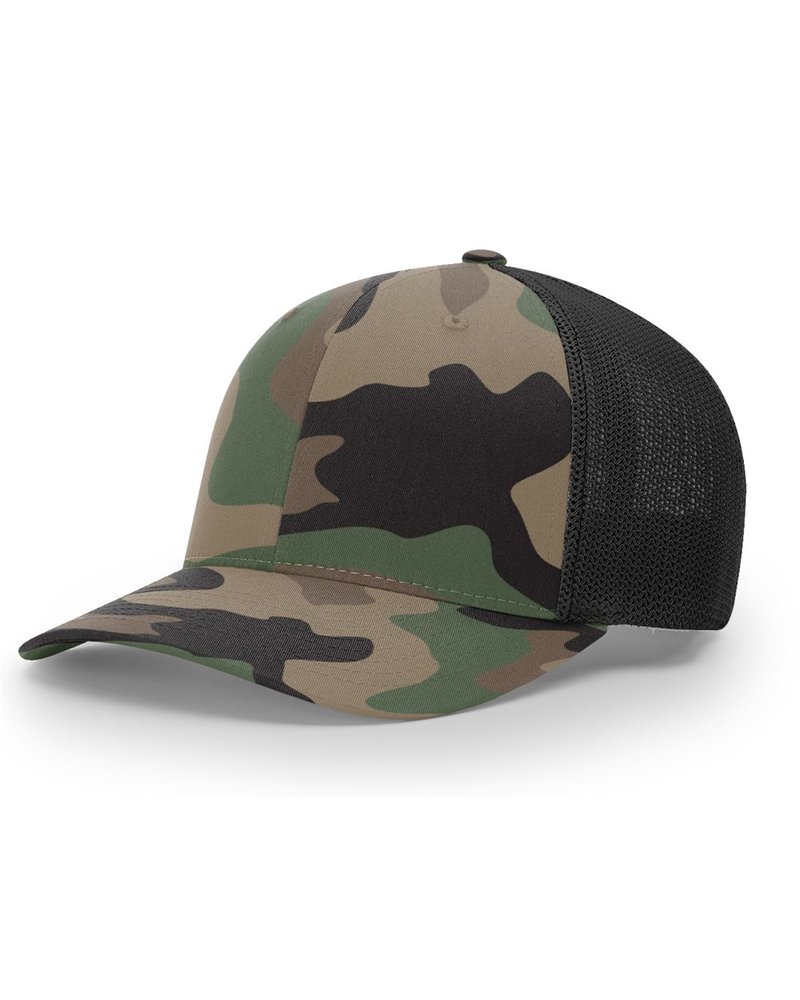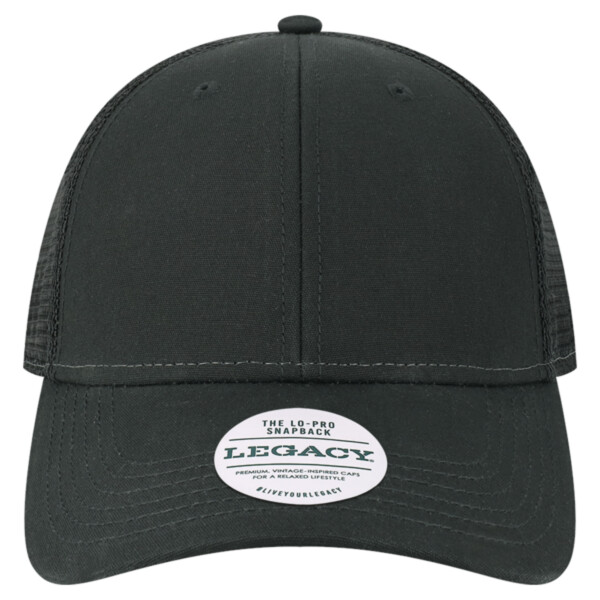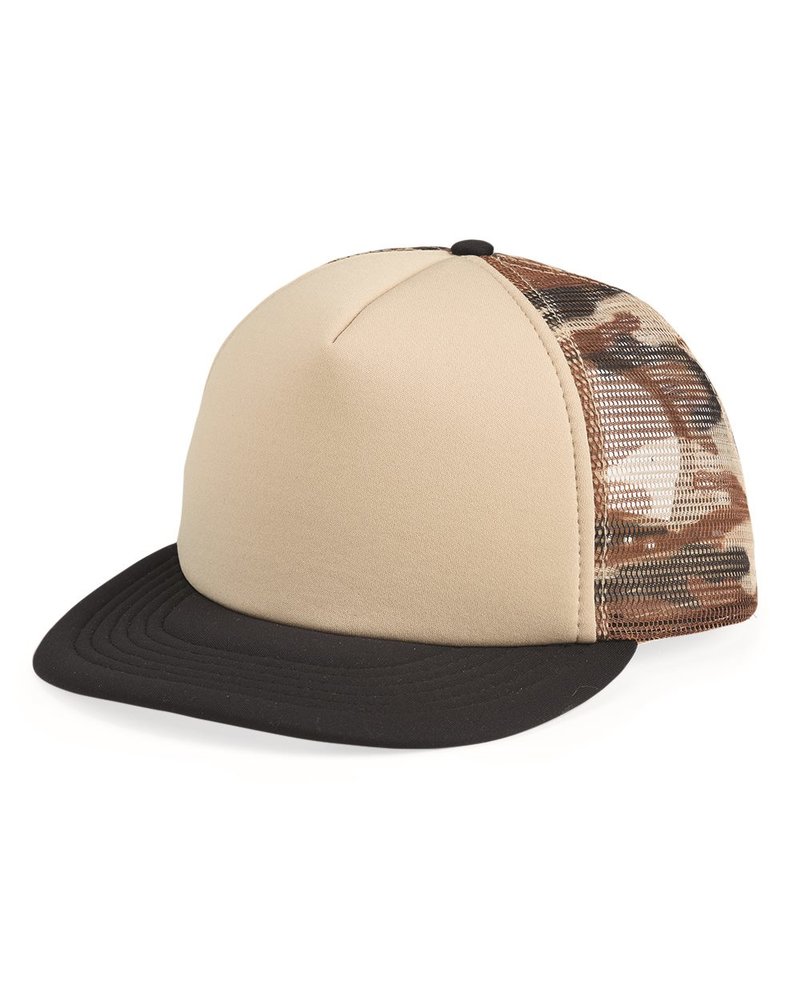(877) 807-4909
Subtotal
* Tax & shipping calculated at checkout.
Free Shipping*/Pick Up
Get Extra 10% OFF Coupon Code: Cart10! COPIED

(877) 807-4909
We're offlineonline now
Our work schedule
Mon - Fri / 8am - 6pm
Saturday / 8am - 3pm
(You can call anytime during work time)
Average response time: 5-7 mins
Home > Catalogue
By Aisha - 6 min read
Custom hats are one of the most visible ways to show your brand. But putting your logo on just any hat isn’t enough. The fabric, shape, and construction all affect how your design turns out. Some hats can’t hold stitching properly. Others lose shape after a few wears. Thin material can pucker, and soft crowns often distort embroidery.
If you're ordering for your team, an event, promotions, or to resell, the quality of the hat matters. You need consistent sizing, strong structure, and fabric that works with your design. Your logo should look clean, stay centered, and hold up over time.
When you add a logo to the front of a hat, it needs a firm surface so the design stays straight. A structured crown means the front part of the hat has a layer of stiff material under the fabric. This prevents it from collapsing or bending. If the crown is soft or floppy (called unstructured), the logo can wrinkle, bend, or shift. Structured hats are better for embroidery and give a cleaner, more professional look.
The outer fabric of the hat matters. Thin or stretchy material can move or warp during embroidery, which messes up the logo. Cotton twill and polyester are tightly woven and don’t stretch much, so they hold the stitches firmly in place. They also don’t tear easily during the embroidery process, which uses a needle to punch thread through the fabric at high speed.
Most good hats have a second layer inside the front panels—this can be a layer of buckram (a type of stiff cotton or synthetic fabric) or some other lining. This extra support helps the embroidery sit flat and clean. Without this, the stitches can sink into the fabric, leave gaps, or look uneven. Reinforced panels also help the hat hold its shape after repeated use or washing.
Hats usually come in five-panel or six-panel builds. A six-panel hat has a seam that runs down the center of the front, which can help center your logo and gives a more rounded, symmetrical fit. The front two panels form a solid foundation for embroidery, while the other four panels wrap around the head. This shape fits better and helps balance the design. It’s also more common, so most digitizing files and placements are made for six-panel hats by default.
An adjustable hat is easier to use for team orders, giveaways, or resale because you don’t have to worry about sizing. Snapbacks have plastic clips, Velcro straps offer quick adjustment, and strapbacks usually have a buckle or fabric strap. All of them help one-size hats fit most head sizes. Fitted hats come in set sizes, which can be limiting unless you know everyone’s exact size.
These have a structured crown and a flat brim. They come with a plastic adjustable strap at the back. Snapbacks are a go-to for streetwear, tech startups, and merch drops because they give a clean, modern look. The front two panels are firm, so embroidery sits perfectly.
Front two panels are foam or twill (good for embroidery), and the back is mesh for breathability. These are often used for outdoor businesses like landscaping, pest control, and breweries. They’re casual, lightweight, and fit well with large logos or patches.
These are unstructured, with a soft crown and curved brim. They have a relaxed look and are worn lower on the head. They're good for simple embroidery, like small logos or text. Because the crown isn’t stiff, complex logos might not stay flat.
These have a wide, flat front panel with no center seam, making them ideal for printing or patch application. Popular with skate brands, creative agencies, and design-heavy brands. They give a clean canvas for artwork.
These don’t have an adjustable strap. They come in set sizes or stretch to fit. Because of their smooth back and uniform shape, they’re often used by sports teams or companies that want a sharp, uniform look. Embroidery looks clean, but sizing needs to be handled carefully.
For embroidery, files should be in vector formats like AI, PDF, or EPS. These files can be resized without losing quality. PNG is okay if it’s large and has a transparent background, but vector is always better.
Embroidery has physical limits. Very small text, gradients, or ultra-thin lines don’t translate well to thread. You may need to thicken the lines, remove fine details, or simplify color transitions.
Your logo has to be converted into a stitch file format (like DST or EMB). This process is called digitizing. It decides how the machine will stitch the logo—what stitch types, directions, densities, and thread trims to use.
Most hat fronts can’t take designs taller than 2.25 inches. Wider designs can work, but anything too tall will curve or get cut off at the seams.
Some exact colors (especially neon, gradients, or metallics) won’t be available in thread. A good embroidery shop will help match the closest thread shades, but be ready to accept slight differences.








Each hat in this list wasn’t picked for trend or price alone. These are styles that consistently get re-ordered by actual customers. They work well with logos, hold up after wear, and don’t come back with complaints. If you're looking for hats that do their job right, this is where to start.
You don’t need to guess which hats are worth decorating. These ten have already gone through real print shops, production floors, and repeat clients. No experiments — just dependable picks.
All hats listed are ready for embroidery or print. You get real-time quotes, expert file checks, and fast production.
✓ No minimum required
✓ Local pickup in LA or ship anywhere
✓ Files cleaned up for free if needed
Follow us
Join us
Get blog articles and offers via email
